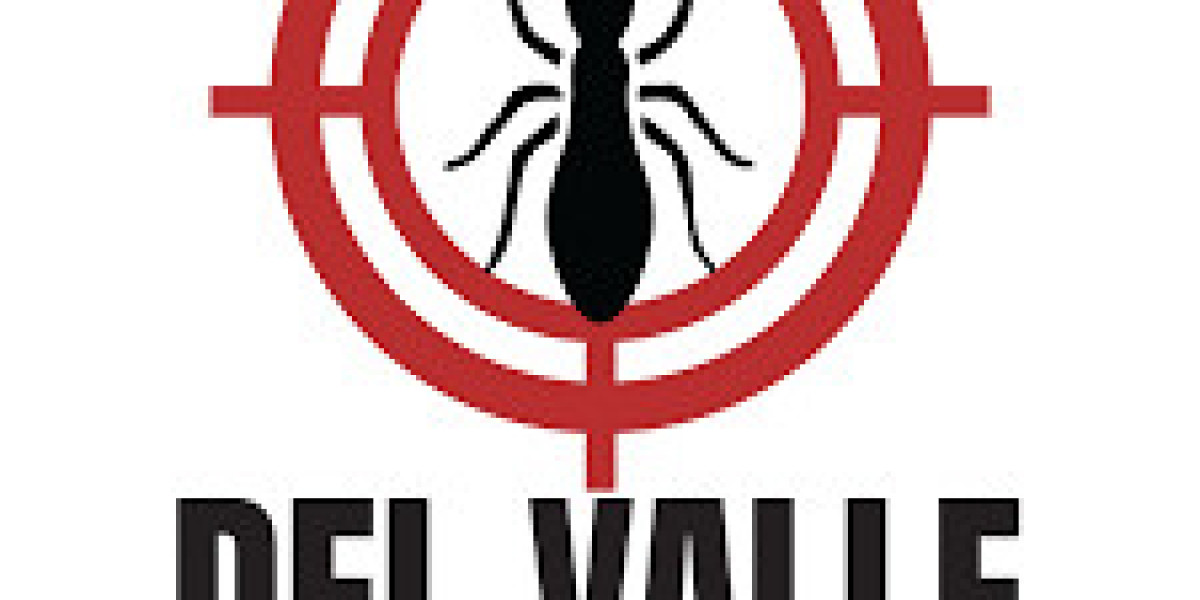Physical Characteristics and Adaptations
Zarigüeyas have a distinctive appearance, with grayish fur, a pointed snout, and a prehensile tail that helps them climb trees. Their small, beady eyes give them excellent night vision, making them efficient nocturnal foragers. These marsupials vary in size depending on the species, with some as small as a rat and others as large as a domestic cat.
One of their most fascinating features is their opposable thumbs on their hind feet, which allow them to grasp branches and navigate their surroundings with ease. Additionally, their sharp teeth and strong jaws enable them to consume a wide variety of food, including insects, fruits, small animals, and carrion.
Zarigüeyas and Their Unique Defense Mechanism
When threatened, zarigüeyas exhibit an extraordinary defense mechanism known as "playing dead." This involuntary response, called thanatosis, causes them to collapse, become motionless, and emit a foul-smelling odor. Predators often lose interest, believing the zarigüeya is already dead. After the danger passes, the animal regains consciousness and continues on its way.
Habitat and Distribution
Zarigüeyas are highly adaptable and can be found in forests, grasslands, urban areas, and even near water sources. They thrive in a variety of environments across North, Central, and South America, with species such as the Virginia opossum being the only marsupial native to the United States and Canada.
Due to their adaptability, zarigüeyas have successfully integrated into urban environments, where they often scavenge for food in trash cans, gardens, and abandoned structures. Despite being viewed as pests by some, they play a valuable role in controlling insect populations, including ticks and cockroaches.
Diet and Role in the Ecosystem
Zarigüeyas are omnivores, meaning they eat a wide variety of foods. Their diet consists of fruits, vegetables, insects, small rodents, birds, and even carrion. They are nature’s cleanup crew, helping to reduce the spread of disease by consuming dead animals and preventing the overpopulation of pests.
A single zarigüeya can consume thousands of ticks in a season, significantly reducing the spread of Lyme disease and other tick-borne illnesses. They also help with seed dispersal, which supports plant growth and biodiversity in forests.
Zarigüeyas and Humans: Misconceptions and Myths
Many people mistakenly view zarigüeyas as dangerous or dirty creatures. In reality, they are shy, non-aggressive animals that rarely pose a threat to humans. Unlike common rodents, they do not carry rabies easily due to their low body temperature, which makes it difficult for the virus to survive in their system.
Instead of harming the environment, these creatures help maintain ecological balance by keeping insect and rodent populations in check. As a result, wildlife experts often encourage people to let them roam freely rather than trying to remove them from their properties.
Protecting Zarigüeyas and Coexisting Peacefully
As urban expansion continues, zarigüeyas face numerous threats, including habitat destruction, traffic accidents, and attacks from domestic pets. Fortunately, there are ways to coexist with these beneficial animals:
- Avoid Using Pesticides – Since zarigüeyas eat insects and pests, reducing pesticides helps them perform their natural role.
- Secure Trash Bins – Keeping garbage bins tightly sealed prevents them from scavenging and making a mess.
- Provide Wildlife Corridors – Leaving small openings in fences or creating safe passages can help zarigüeyas move through urban environments without harm.
- Educate Others – Raising awareness about the benefits of zarigüeyas can change negative perceptions and promote conservation efforts.
Final Thoughts
Zarigüeyas are often misunderstood creatures that contribute significantly to maintaining ecological balance. Despite their unusual appearance and defensive behaviors, they are beneficial allies in pest control and seed dispersal. By learning to coexist with them, humans can appreciate their role in the ecosystem and support their conservation. These fascinating marsupials deserve our protection and respect, as they help keep nature in harmony.








